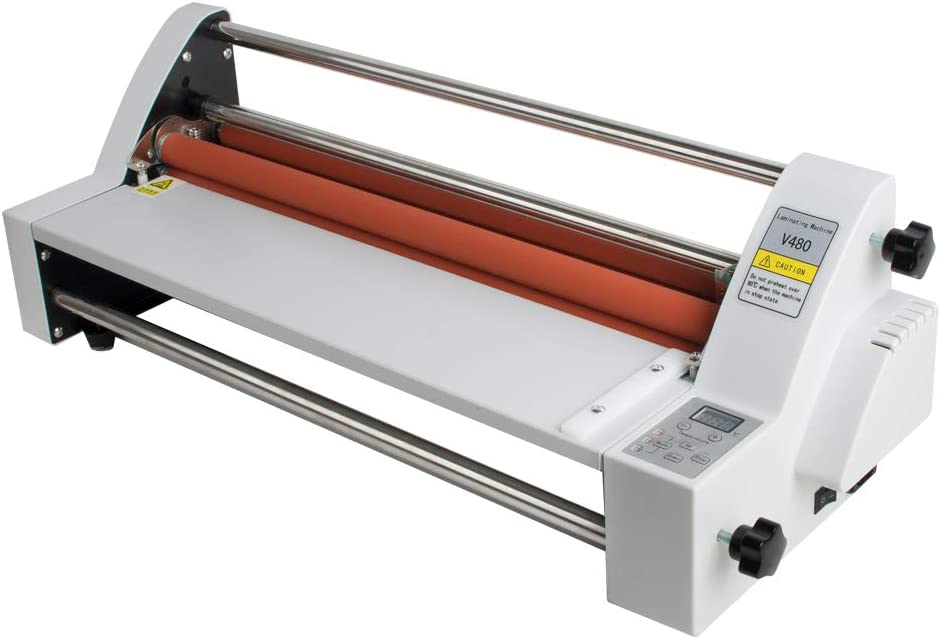Typical hot and cold laminating machine issues look like this: How do I make the film adhere properly? same, “How can I stop the film from forming bubbles under it?”
These are two of the most common lamination-related troubleshooting queries printers send my way, and they are often accompanied by a great deal of resentment.
After all, finishing problems like these cause delays in projects, waste film, and waste stock. So how do you resolve them? I provide straightforward solutions to these issues and more in my blog post. Make use of these quick checklists to improve quality for your clients while streamlining production.
Not Sticking is the Film:-
Because of the makeup of the inks and how they adhere to the adhesive, this is a specific problem with digital printing. It is more difficult to get the film to adhere the denser the ink coverage:-
- Because of the makeup of the inks and how they adhere to the adhesive, this is a specific problem with digital printing. It is more difficult to get the film to adhere to a denser ink coverage with a hot and cold lamination machines.
- Prior to laminating, give the paint time to cure. You’re more likely to experience film sticking problems when you attempt to finish directly off the back of a digital print.
- Because no film is universal, films respond differently to various materials, inks, and equipment. Select the appropriate one to begin with the print job. Encapsulation film may be required on occasion.
also read - A Stunning and Durable Interior Design Company
The Film is Covered in Bubbles:-
There is no single quick remedy for bubbling because it typically results from a number of circumstances:-
- The print should not be fed into the machine more quickly than the laminator can handle it.
- The problem with film sticking and this are also related. In this particular situation, delaying ultimately saves time.
- Rolls with hot areas may have boiling ink. If bubbling is the result of hot patches, be sure you’re not leaving the machine idle for an extended period of time, speed up the laminator, and try lowering the temperature just a little.
Orange Peel Appears in the Print:-
The most common cause of fine wrinkles or waves is a hot machine. You might need to lower the temperature if your laminating film is starting to wrinkle:-
- Use the appropriate working temperature for the specific film.
- When you run the film faster, it doesn’t heat up as much, therefore this is a quick repair that is worth attempting.
- Use a film appropriate for this case because you can occasionally obtain orange peel when prints have solvent residues.
The Print has Stains:-
The image will typically distort as a result of something being stuck on the roll or a feeding problem:-
- A common cause of repeating marks on rolls is when paper, film, or glue sticks to them.
- This lessens the likelihood of infeed waves.
The Back Rolls are Continually Wrapped in the Film:-
Due to the effects of static electricity, lighter films are especially susceptible to this issue. Running the machine in reverse allows you to gently remove the wrapped film from the back rolls. To avoid the issue:
- The weight will aid in keeping the film from contacting the back rolls.
- Additionally, this gives the picture more weight, reducing the tendency of static to pull the picture back.
- This not only poses a safety risk but also facilitates static discharge from incomplete conductors.

